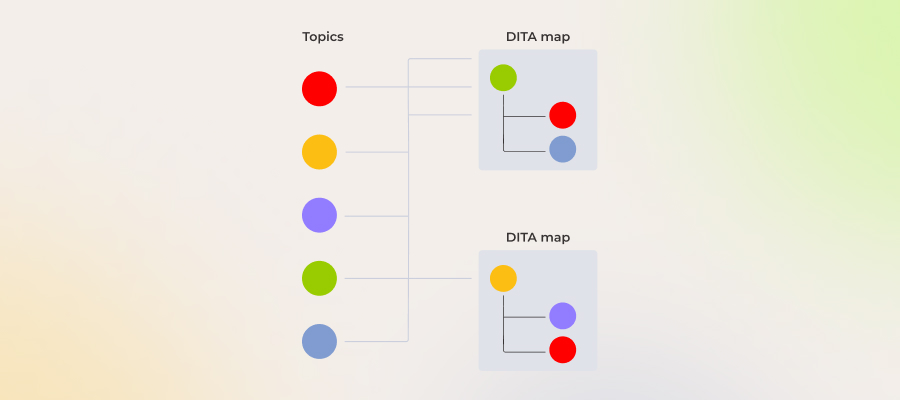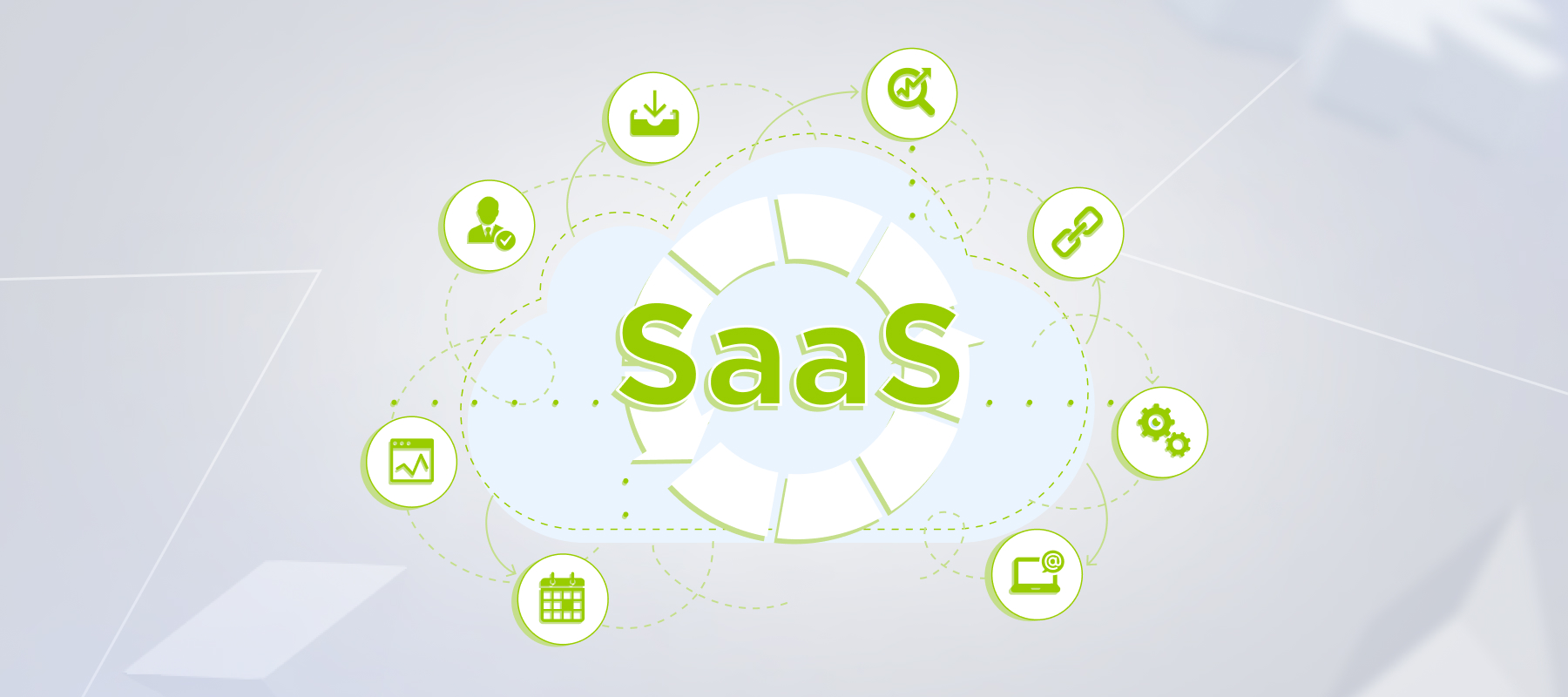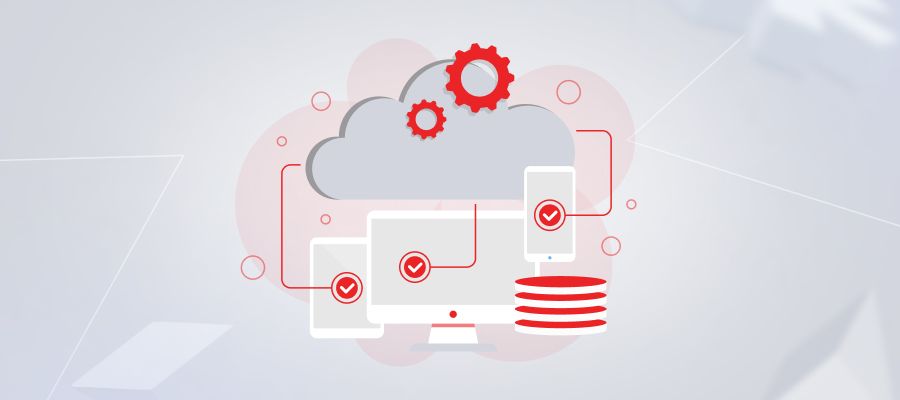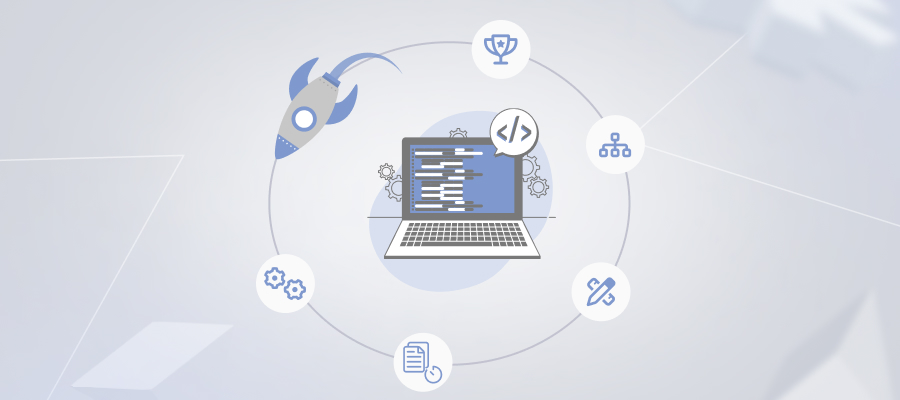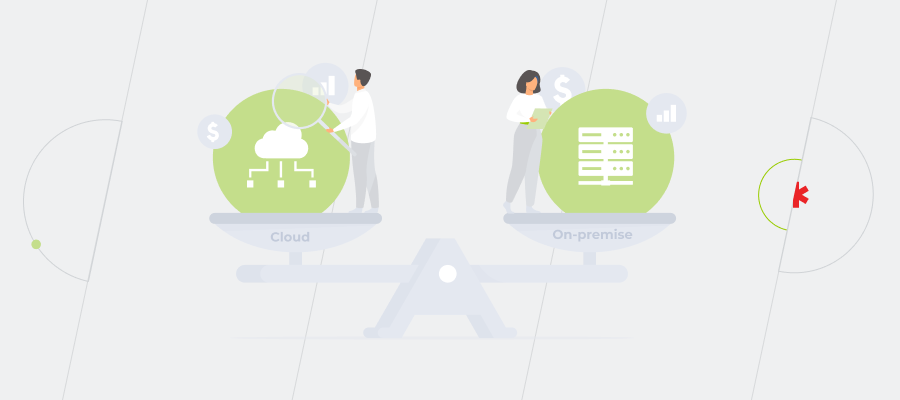Today’s world is flooded with anything-as-a-service. Restaurants provide meals-as-a-service, travel agencies offer holidays-as-a-service, landlords – accommodation-as-a-service, taxis are cars-as-a-service… The list is endless.
Can you imagine how much more difficult our lives would be if we couldn’t buy services? For sure, it’s great to have your own car, not to mention an apartment, or have enough time to cook food all by yourself. But – there’s always a ‘but’, you know, – it either requires huge money infusions or tons of effort; oftentimes both.
The same goes with IT. Back in the day, companies had to spend a fortune on the hardware and hire specialists to maintain it – the privilege that small and medium-size businesses couldn’t afford.
However, thanks to cloud computing, the way of delivering IT services has changed. We no longer need to own cumbersome equipment to enjoy the benefits of cutting-edge technologies.
The main cloud computing models are:
- IaaS – Infrastructure as a service. It offers pay-as-you-go infrastructure for a company.
- PaaS – Platform as a service. It’s ‘something in between’ IaaS and SaaS. Apart from infrastructure, it also provides a variety of tools to create applications.
- SaaS – Software as a service. It’s ready-to-go software available over the internet.
Each is unique in its own way. So the choice of ‘the right one’ should be made in accordance with business requirements and the number of tasks you are ready to delegate to the provider.
Infrastructure-as-a-Service
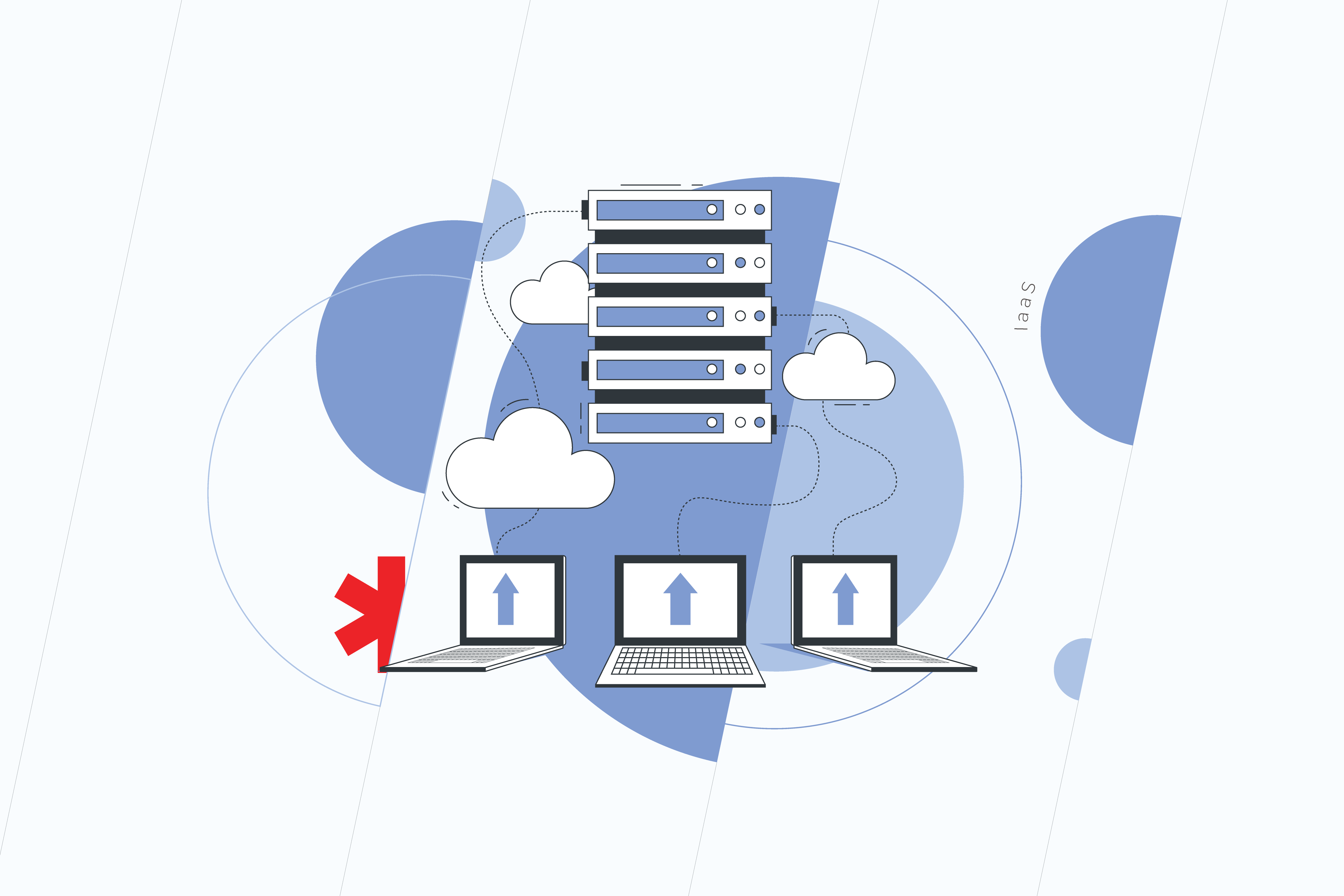
IaaS is the most basic form of cloud computing. With IaaS, a client rents a variety of infrastructure components such as data centers, servers, cloud storage, and networking solutions from a provider. Basically, IaaS offers access versus ownership. An IaaS provider takes responsibility for the infrastructure, whereas users are in charge of installing, managing, maintaining, and supporting their apps and operating systems.
Advantages of IaaS
- Cost reduction: having switched to an IaaS platform, you no longer need to worry about purchasing and maintaining hardware as well as about the uptime for your equipment.
- Easy scalability: IaaS provides users with the ability to scale the computing resources up and down according to their needs. It becomes a total must if your business is a part of an industry prone to fluctuations in sales and profits. You can expand data storage capacity or increase the number of software applications and pay for them only during the period of utilizing them with no residual cost.
- The possibility to focus on other tasks: as employees don’t have to take care of upgrading and maintaining infrastructure, they free up time for other tasks that are important for your business growth. Moreover, using IaaS obviates the need to hire and train new IT staff, since it’s the provider, who handles the workload within the infrastructure.
Who Needs IaaS
IaaS can be a great choice for:
- startups and small business with no money to invest in their own infrastructure;
- companies that grow too fast to define their needs once and for all;
- companies that want to apply a pay-by-use model not to waste budget on the resources they don’t use.
Platform-as-a-Service
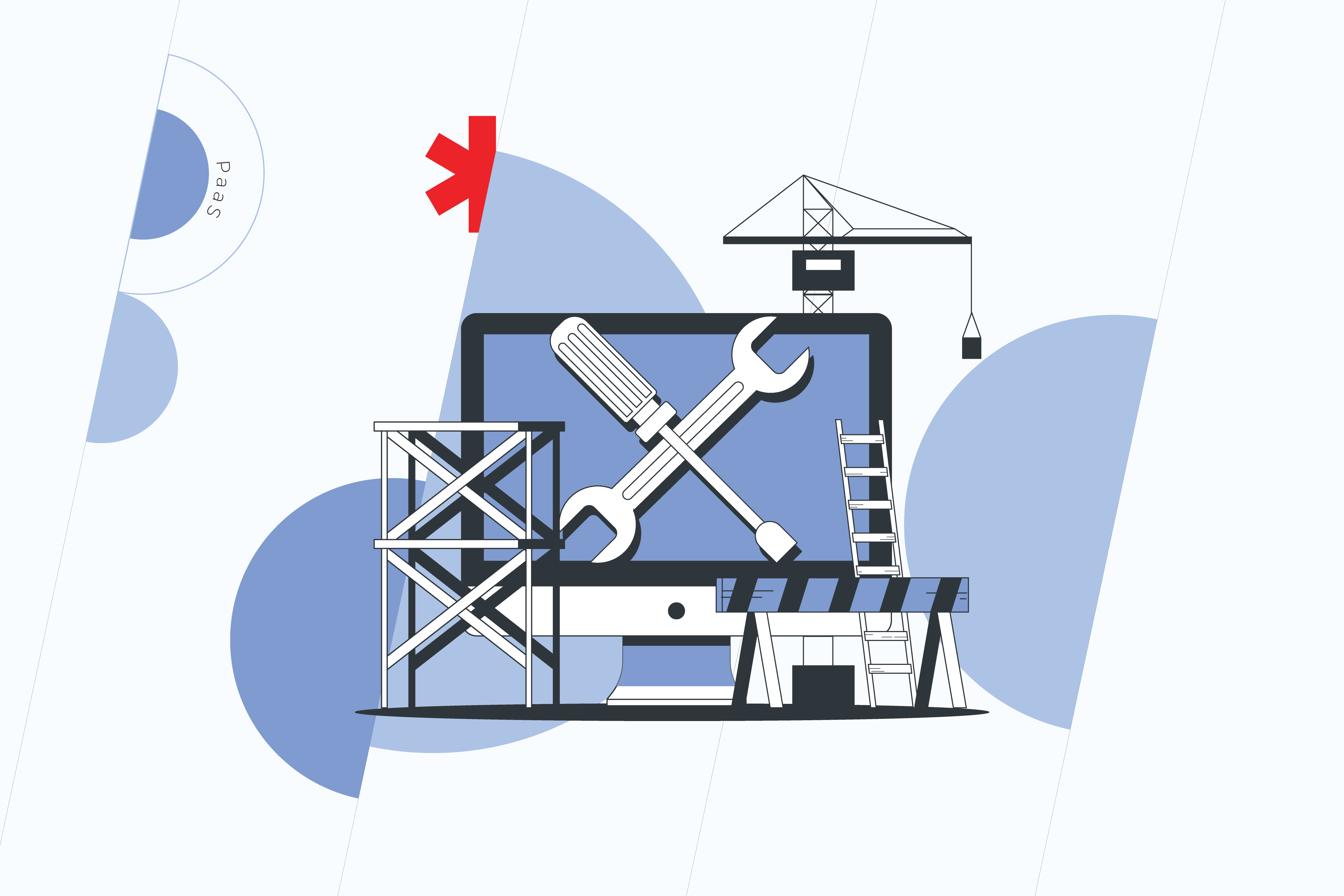
PaaS provides a platform with built-in software components and tools for application development. PaaS vendors manage infrastructure and data centers, operating systems updates, security patches, and backups. Meanwhile, clients handle application development without worries about the above-mentioned aspects. In a nutshell, PaaS accelerates software development and significantly simplifies this process.
Advantages of PaaS
- Faster development: speed often plays a crucial part in the development process. However, it usually turns out to be a stumbling block for the team, if they have to manage in-house resources. While using PaaS you don’t need to spend time setting up and maintaining the core stack, which means there are more chances for the project to be completed on time without putting its quality at risk.
- Cross-platform capabilities: unlike many on-site development platforms, PaaS solutions aren’t tied to one type of device. Apps and programs designed with PaaS can be accessed on computers, tablets, and mobile phones.
- Access to the best tools: in most cases, on-premises platforms are confined to in-house technologies. It means one day the staff will have to deal with outdated tools, which requires considerable effort and doesn’t guarantee the right results. Thanks to the cloud-based nature of the PaaS model, developers get access to the best tools that are updated and upgraded automatically.
- Remote work: being available on any device anywhere at any time, PaaS solutions make it easy for employees to log in, work on applications and collaborate with co-workers whenever they want and wherever they are.
Who Needs PaaS
You should opt for PaaS, if:
- your project requires multiple developers and vendors;
- you want to create customized applications;
- it’s essential for you to improve time-to-market.
Software-as-a-Service
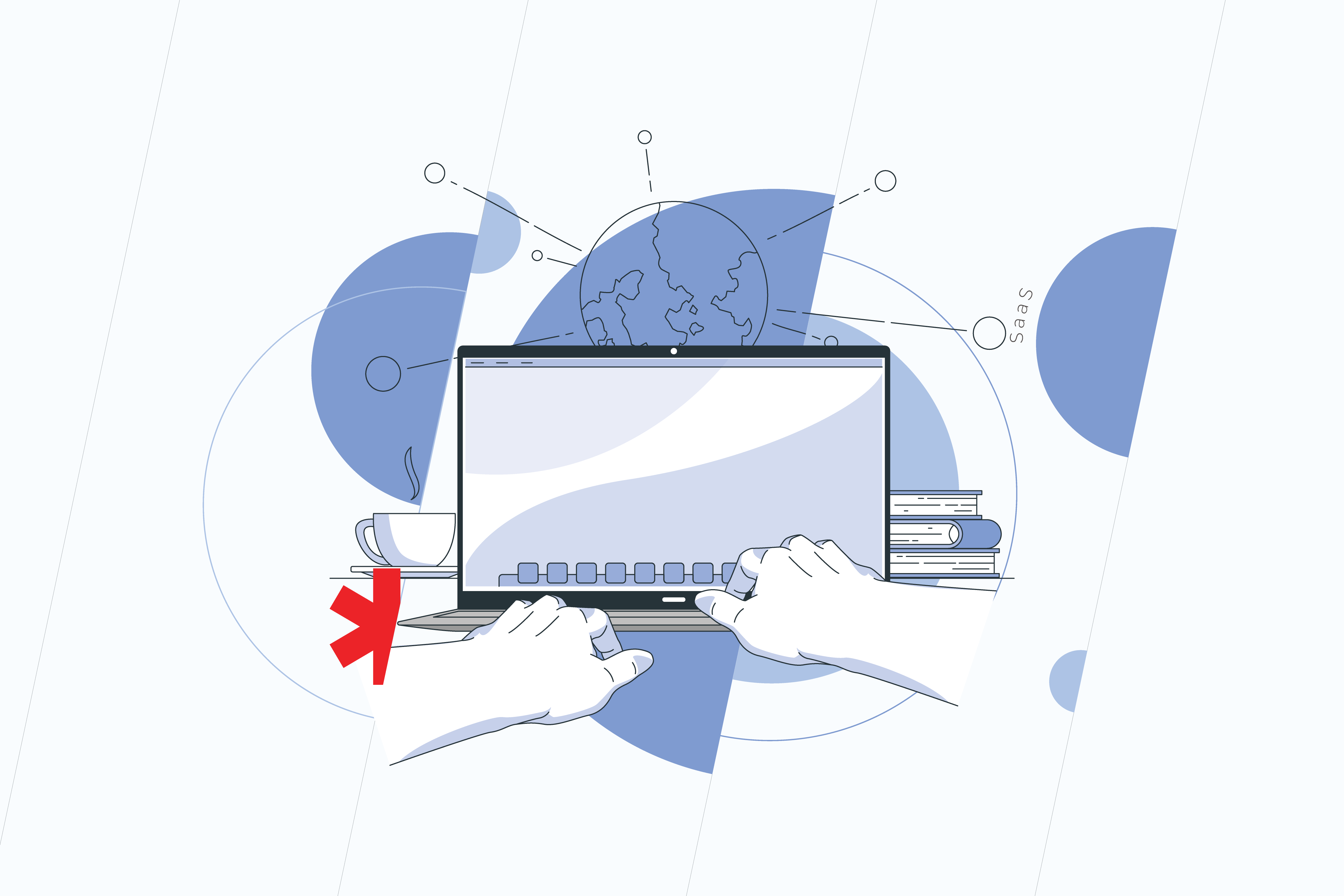
Remember the times when we used to buy and install programs on our personal computers? SaaS has nothing to do with that. It’s a model of cloud computing that delivers the software to users without them having to install it on local servers or computers. The only thing you need to get access to the applications is a reliable Internet connection. The rest is taken over by the vendor. SaaS vendors manage all the tedious tasks from sustaining hardware solidity to providing proper app functioning, while users simply open the apps in a browser.
Advantages of SaaS
- Cost-effectiveness: since SaaS is subscription-based and already located on the Internet, it eliminates costs, concerning the purchase, installation, and maintenance of the software. Besides, you don’t need to pay for the full version of the app right away and can try flexible payment methods such as pay-as-you-go models.
- Ready to use: you can start leveraging SaaS solutions in no time. There’s no need to go through a long deployment process, as the software is installed and configured on the cloud. Thanks to out-of-the-box functionality, all it takes to get started is to sign up for the service.
- High level of scalability: SaaS is a perfect fit to accommodate fast-changing business needs. For example, if you’re suddenly swamped with new users, SaaS allows you to rapidly increase your capacity. Not only can SaaS scale up and back down, but it also provides integrations with other SaaS offerings.
- Recovery option: while migrating to the cloud, there’s a risk of data breaches or unexpected disasters. So data protection becomes an issue of primary concern. In SaaS models, data is stored in multiple locations, so if data is lost, vendors have an option of backup and recovery to prevent data loss.
- Accessibility: with SaaS, you can run applications 24/7 from anywhere. All you need is an internet connection, and with the wide availability of broadband and high-speed networks, this is a feasible condition.
- Data storage: data is routinely stored in the cloud, which saves the memory of your computers.
- Analytics: SaaS provides access to data reporting and business intelligence tools. It encourages fast and efficient decision-making, which is, for sure, beneficial practically for all the areas of your business such as finance, marketing, project management, HR, etc.
Who Needs SaaS
SaaS solutions are beneficial to:
- startups, small, and mid-sized business that want to have access to the software they wouldn’t be able to afford because of costly licensing fees;
- companies that need to free up cash flow to support other areas of business;
- short-term projects that imply collaboration.
Whichever cloud model you go for, it will take some time to adapt to it. Migrating your existing technology to a new cloud platform and training your team to manage it might turn out more demanding than you initially pictured. So, it can’t hurt to have an experienced managed service provider by your side, who is able to evaluate and prioritize your business needs, deliver a wide range of cloud services, and make sure your new environment operates properly.
Contact us to know how to leverage the flexibility of cloud models to full extent.


